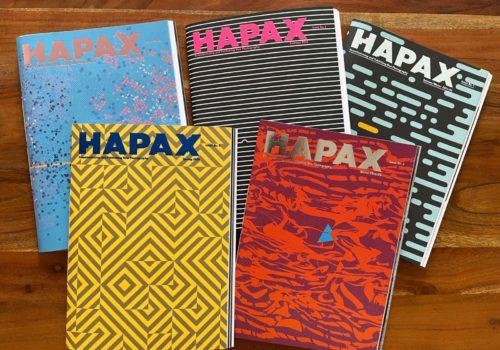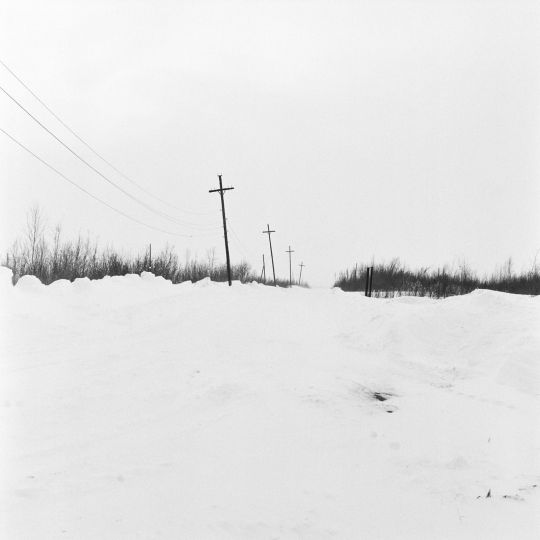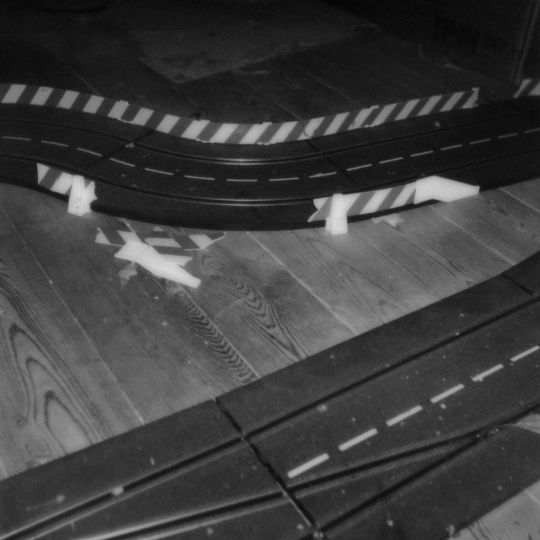For this Book Column, Zoé Isle de Beauchaine gives the floor to HAPAX Magazine, an original proposition from Christiane Monarchi, founding editor of Photomonitor, and Gordon MacDonald, former editor of Photoworks and co-founder of GOST : an incubator of photographic ideas tested on the page, and not shared on the internet.
This feature may seem like a provocation to regular readers of L’Oeil de la Photographie. Why are we seeing pages here with no actual photographs, when this wonderful platform has been built for sharing images Welcome to Hapax Magazine, a publication created to incubate new photographic ideas on the page, and not share them on the internet.
The editors’ idea for this magazine started as a reaction to the exponential growth of online image sharing, with artists making and sharing work on Instagram, everything freely available. Why? Where was the care in nurturing new ideas, given them space to grow and find attentive readers? This image saturation amplifies active press cycles of images for print publications covering the same pool of current exhibitions or photobooks and sharing images all over social media. One can see the same thing over and over, for free. Is that the way forward?
The other side of this online image sharing is that artists often don’t get remunerated, and are sometimes asked to pay to enter their images into a kind of lottery to possibly be printed, unpaid, in print and online publications. Where can one read a photography magazine where all the ideas inside are new, which also remunerates those making these new ideas? The need for Hapax Magazine was set.
The name ‘hapax’ comes from a literary term ‘hapax legomenon’ describing a one-off, creative departure from an author’s oeuvre — something unique and new and ‘said only once’ in their practice. The editors, Christiane Monarchi and Gordon MacDonald, decided to make this idea visual by commissioning international lens-based artists and curators who are keen to test new ideas which depart from their previously established creative practice. To try new ideas, take a little risk, on the pages of this magazine.
From a (free) international call-out for ideas, twice per year they select several project and curatorial ideas which can become features in a publication. The words alongside the images in each feature vary from personal statements, to poetry, prose and interviews, and there is no overarching theme other than the fact that every idea inside is something new, made now.
In this way the editors work to reset the idea of a magazine, to one that contains only newly crafted ideas that won’t exist anywhere else yet, while supporting the artists and authors making them. With each callout they reach new geographic areas, and in the first six issues have undertaken 40 international commissions to artists, collectives and curators. It’s an editorial position popular with creatives and finding resonance with ever-larger readership and audiences. There are no ads, just subscribers, readers, shops and distributors interested in supporting this business model.
In issue 5 just published, the editors take readers on a journey through stories created by the architectural landscape of Algeria (Issam Larkat), to consider a collaged tale of the man with a tree on his head (Tshepiso Moropa), remnants of graffiti in post-revolutionary Iran (Mohsen Yazdipour), parallel realities of Elvis Presley (Regine Petersen), a love letter to external air conditioning units (Máté Bartha), the creative possibility and affirmation in midlife transition (Jenny Lewis), and the visual and psychological landscapes of dreams in exile (Amak Mahmoodian). Each of these features are carefully crafted on the page, including fold outs to make a kind of personal exhibition and tactile experience.
In an age of visual overload and repetition, Hapax Magazine “creates a space to incubate new ideas, share them with an audience, and also keep them special.” Over the course of the past two years, several projects have grown into festival curations, exhibitions and photobooks. This year, the editors plan on participating in book fairs in London, Paris, New York and Amsterdam, and are currently working on the next issue out later next Autumn. According to the editorial policy, only the covers are on show here, which are designed by Ania Nałęcka-Milach. Long live print.
More information:




















